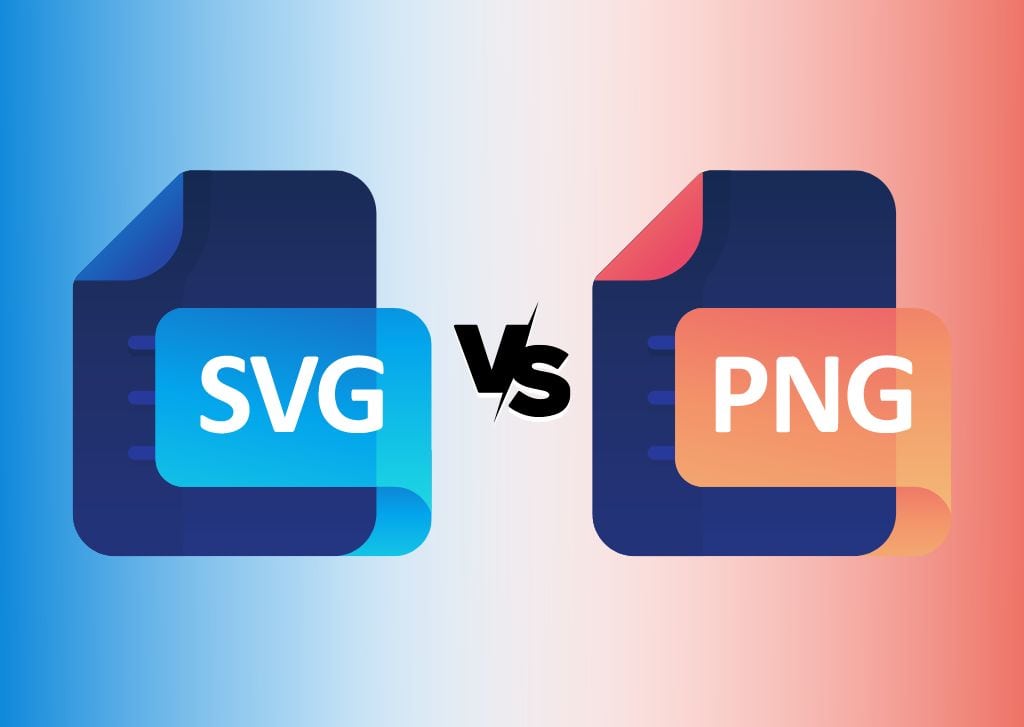In the realm of web graphics, Scalable Vector Graphics (SVG) and HTML Canvas are two prominent technologies that offer distinct advantages and cater to different use cases. While both are capable of creating dynamic and visually appealing graphics, they employ different approaches and exhibit unique characteristics. This article aims to provide a comprehensive comparison between SVG and Canvas, exploring their key differences, strengths, and weaknesses to help you make informed decisions for your web design projects.
Conclusion:

Table of Content
In the realm of web graphics, Scalable Vector Graphics (SVG) and HTML Canvas are two prominent technologies that offer distinct advantages and cater to different use cases. While both are capable of creating dynamic and visually appealing graphics, they employ different approaches and exhibit unique characteristics. This article aims to provide a comprehensive comparison between SVG and Canvas, exploring their key differences, strengths, and weaknesses to help you make informed decisions for your web design projects.
2. Interactivity and Animation

- SVG: SVG supports limited interactivity through event handling and scripting. However, it is primarily designed for static graphics and lacks the advanced animation capabilities of Canvas.
- Canvas: Canvas is highly interactive and allows for complex animations and dynamic graphics. It provides a rich set of APIs for drawing, manipulating, and animating graphics, making it suitable for creating interactive games, simulations, and visualizations.
Conclusion:
- Mini Flower SVG Mini Flower SVG: A Versatile Tool For Creative Expression
- How To Make SVG Files For Etsy Mastering SVG Creation For Etsy: A Comprehensive Guide To Unleash Your Creative Potential
- Is Floral Fantasy In Flower Dome Floral Fantasy In Flower Dome: An Enchanting Botanical Wonderland
- Is SVG Supported In Email SVG In Email: A Comprehensive Guide To Support And Usage
- Free Flower SVG For Cricut Free Download Conclusion: Elevate Your Crafting With Free Flower SVGs For Cricut
SVG and Canvas are both powerful web graphics technologies that serve specific purposes. SVG excels in creating scalable, resolution-independent graphics suitable for logos, icons, and illustrations. Canvas, on the other hand, shines in creating interactive and dynamic graphics, particularly those involving real-time animations or user interactions. The choice between the two depends on the specific requirements of the project, considering factors such as scalability, interactivity, and performance.
Subheadings:
1. Scalability and Resolution Independence
- SVG: SVG files can be relatively large due to the complex mathematical equations used to define the graphics. However, they can be optimized using compression techniques.
- Canvas: Canvas graphics are typically smaller in file size than SVG, as they are composed of pixels rather than complex equations. This makes them more efficient for loading and rendering, especially for large or complex graphics.
- SVG: SVG is widely supported by all major web browsers, including Chrome, Firefox, Safari, and Edge. It has excellent cross-browser compatibility and can be displayed consistently across different devices and platforms.
- Canvas: Canvas is also widely supported by modern web browsers, but its compatibility can vary depending on the specific features used. Some advanced Canvas features may not be supported in older browsers or mobile devices.
- SVG: SVG graphics are accessible by assistive technologies such as screen readers, making them suitable for creating accessible web content. They also support metadata and can be indexed by search engines, improving SEO.
- Canvas: Canvas graphics are generally not accessible by assistive technologies. They do not support metadata or text content, which can limit their SEO potential.
3. Performance and File Size

4. Browser Support and Compatibility

5. Accessibility and SEO
FAQs:
Q1. Which is better for logos and icons: SVG or Canvas?
A: SVG is the preferred choice for logos and icons due to its scalability and resolution independence.
Q2. Can Canvas create animations as smooth as SVG?
A: While Canvas offers advanced animation capabilities, SVG animations are typically smoother and more efficient due to the vector-based nature of SVG.
Q3. Which technology is more suitable for interactive games?
A: Canvas is the ideal choice for interactive games due to its interactivity and ability to handle complex animations and user interactions.
Q4. Which is more performant for large graphics?
A: Canvas graphics tend to be more performant for large and complex graphics due to their smaller file sizes and efficient rendering.
Q5. Is Canvas accessible for users with disabilities?
A: No, Canvas graphics are generally not accessible by assistive technologies, limiting their accessibility for users with disabilities.

